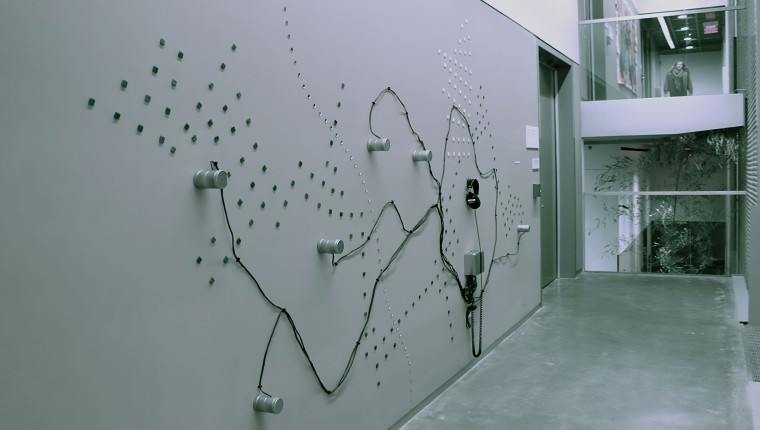Part 2 – Art, Computers and Systems
Part 3 – Art, Computers and Systems
In the mid-20th century, the advent of microchips and digital systems ignited a new era in art-making, catalyzing cybernetics and system theories that permeated consequential art movements. In this 3-part series, I’ll be exploring how the interplay between early computers and systems-theory extended many of the principles and aspirations of Modern art while laying the groundwork for contemporary arts practices like generative and new media art [1]. By drawing on my own experience as a new media artist, I’ll explain why I believe a system-based approach is crucial for creating art at the intersection of nature, science, and technology; as well as share some examples of previous projects and the inspiration behind them.
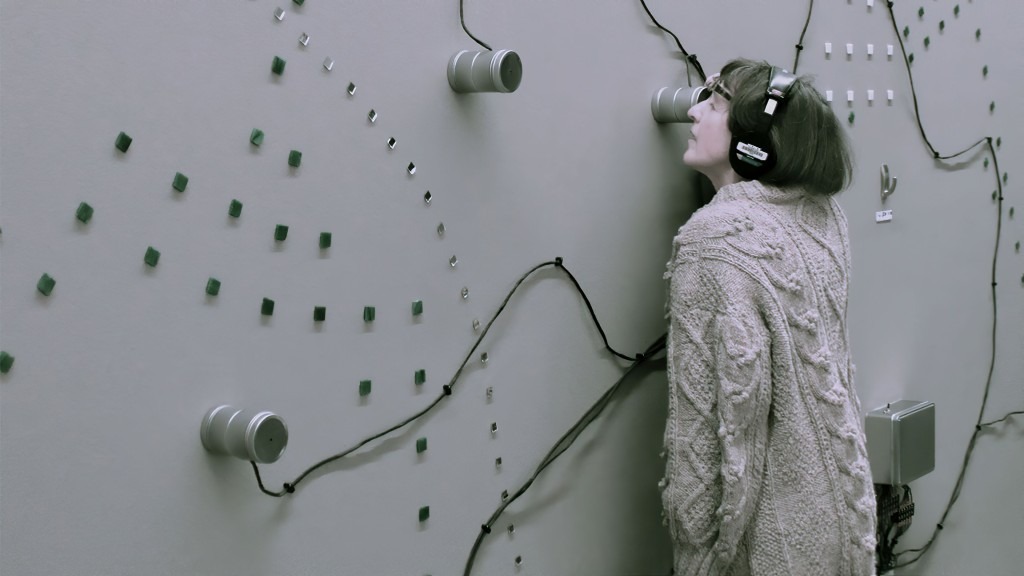
In a previous article, I emphasized the value of design-grids – an exceptional type of system that takes advantage of horizontal and vertical lines to segment space, order information, and streamline data. Together, these individual components result in an outcome greater than their sum. This dynamism, I believe, holds true for all types of systems. Wherein different elements interact with one another, sometimes generating outcomes that are unexpected – at times, even poetic. Systems form an essential aspect of the fundamental fabric of nature, culture, and technology, and range widely in terms of complexities, from the simplistic to the intricate.
The ancient Greek origin of the term “system” – “systema” – describes an assembly of organized components working together in harmony. Although the concept of systems has existed in the human mind for millennia, it’s only with the invention of our computerized tools that we’ve been able to harness, study, program, and express them in ways once unimaginable [7].


In the pre-digital era of the 1940s, an Austrian biologist Ludwig von Bertalanffy proposed “General Systems Theory” (GST), as an innovative approach to comprehending vast living systems. GST seized attention from diverse fields, including mathematics, psychology, biology, game theory, and social network analysis by examining interconnected phenomena that spanned these subjects. With such an all-encompassing framework, GST captivated many scholars and eventually found its way into the arts. It proved itself valuable in articulating the systematic relationships between artists, art, audiences, and their environments [6].

Building on principles of General Systems Theory, Norbert Wiener, an American mathematician, is credited with founding Cybernetics. By comparing machines and organisms, this field opened the door for the study of various disciplines like telecommunications, neuroscience, and electronics. In his book “Cybernetics: Control and Communication in the Animal and the Machine,” Wiener revives the term “Cybernetics” from ancient Greek work “Kubernetes,” which means “helmsman” or “one who steers the boat”. Cybernetics uses probability theory to control the transmission and feedback of information to automate and regulate the behavior of biological and mechanical systems [9]. Today’s Internet is – perhaps – the ultimate cybernetic machine.
In popular culture, cybernetic-science and its relative concepts of feedback and control infused experimental art practices during the 1960s. This led to some of the first interactive and generative media art by means of video cameras, radios, musical instruments, televisions, and early computers. One of the prime examples of this art form was the 1968 edition of “Cybernetic Serendipity”, an exhibition curated by Jasia Reichardt, that premiered at the Institute of Contemporary Art in London [5]. The exhibit featured innovative algorithms and devices that sparked music generation. While some exhibits contained pamphlets detailing the code, others showcased musical notation solely generated by computers.
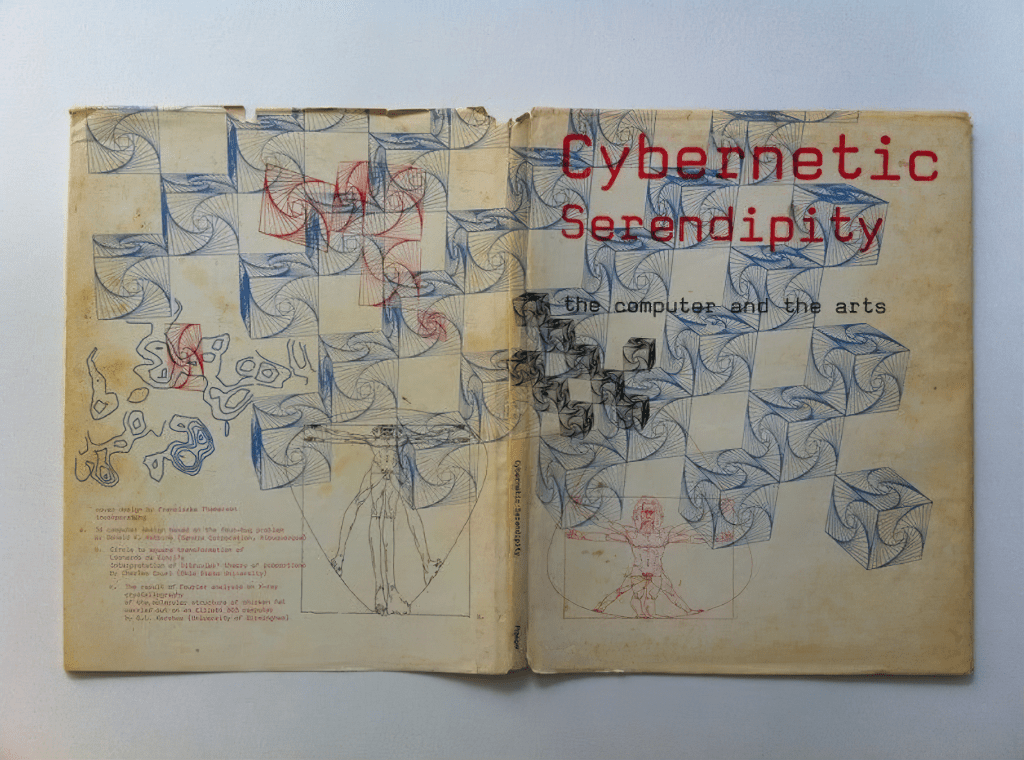
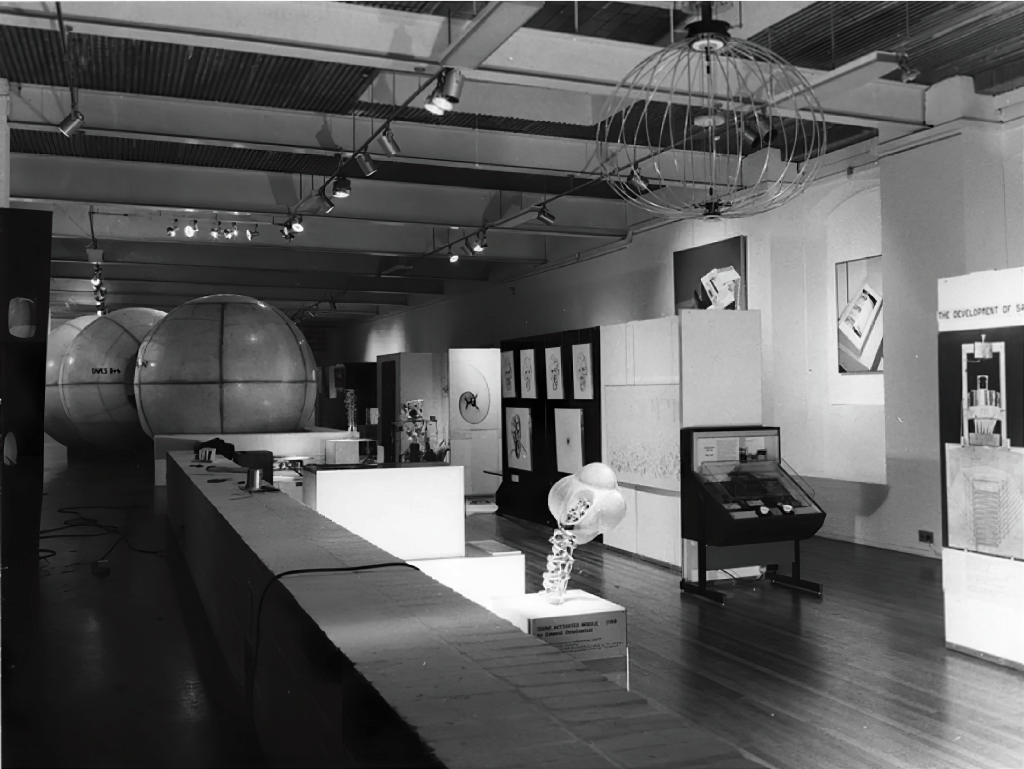
The exhibition was replete with machines and installations, but the true marvel was how it engaged audiences through systems [1]. Gordon Pask’s Colloquy of Mobiles (1968) showcased large, interactive mobiles that allowed viewers to become participants. Kinetic environments and moving images pervaded the space. Some other notable works include Bruce Lacey’s light-sensitive owl and radio-controlled robots, Nam June Paik’s Robot K-456 and distorted televisions, as well as Jean Tinguely’s painting machines, all of which contributed to the dynamic atmosphere.
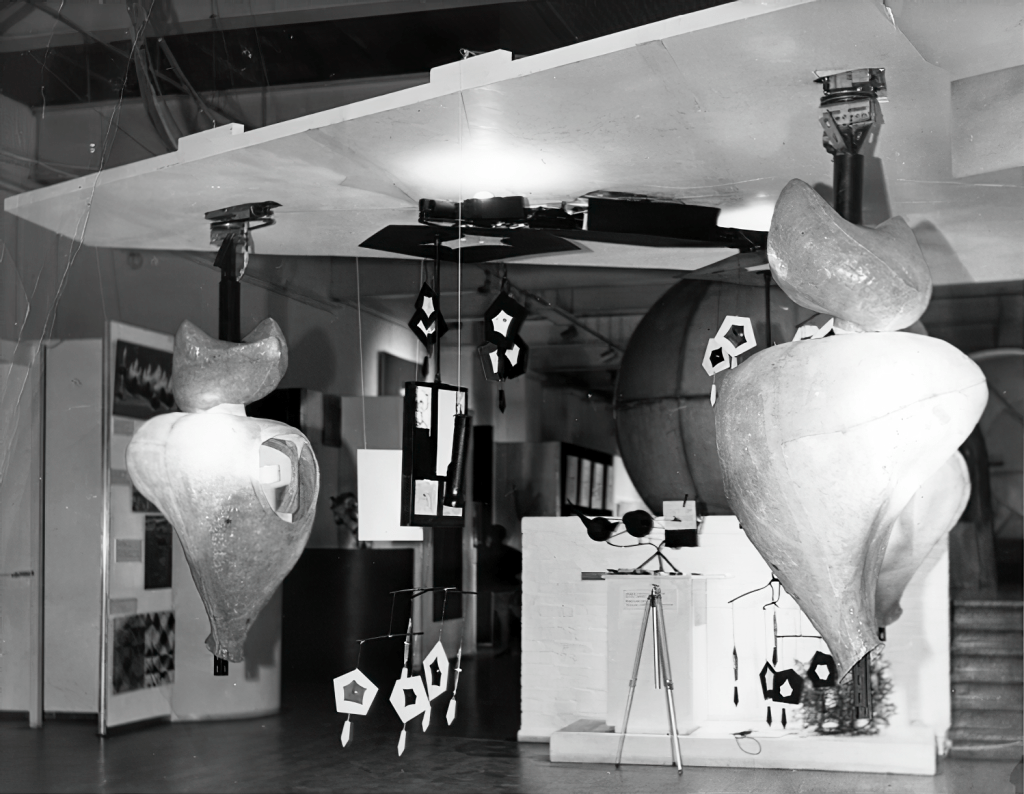
Many of the artworks in the Cybernetic Serendipity exhibition were framed as systems [4]. Artists naturally gravitated towards systems-thinking as society entered into the computer age, marking a paradigm shift during this zeitgeist of the late-1960s/early-1970s. Decades prior, digital computer pioneer John von Neumann applied his mathematical research of complex systems to formulate the theory of self-replicating models. In 1970, British mathematician John Conway brought von Neumann’s ideas to life in “The Game of Life” computer program, a no-player game generating emergent phenomena from simple cellular structures on a grid. Conway’s breakthrough work influenced computer science and art, revealing the incredible potential for expression through generative systems [8].


Conway’s “Game of Life” highlights an important concept about systems – that simple rules can result in complex, emergent phenomena. This relationship between simplicity and computation taps into essential themes in contemporary generative art, such as geometry, abstraction, chance, and emergence [8][10]. While such themes became more visible through computation, they were already evident in preceding art movements. For instance, Analytical Cubism used fractured geometric forms while Futurism and the Bauhaus admired how sophisticated design can emerge from fundamental elements [3][14]. Alternatively, Dada and Surrealism celebrated autonomy and chance [11][12]. Hard-Edged Abstraction and Suprematism explored color intensity and minimal geometry [14]. In my view, each of these movements helped cement the underpinnings of the kinds of systems-thinking we see today in generative and new media art.
The intersection of art, science, and technology is an ever-changing landscape met with shifting perceptions. Every new introduction, be it photography, film, digital computers, the Internet, or generative AI, shakes the foundations of our world, bringing with it an existential crisis that questions the nature of art or even ability to survive the technological advancements. However, we have not only survived but thrived with each advancement by relying on our ingenuity and imagination.
As we’ve seen here, the interplay of computers and art dates back to the 1940s, when the convergence of systems-theory and digital computation ushered in an era of avant-garde art. This led to the emergence of essential movements, such as Cybernetic art, which redefined the principles of Modernism. Pioneers such as Nam Jun Paik, Gordon Pask, and Bruce Lacey transformed art-making by incorporating “systems.” They used commercial and scientific equipment like cameras, radios, electronic instruments, and televisions, pioneering new forms of interactivity and feedback sensing. Thanks to curators like Jasia Reichardt, these new media artists gained widespread recognition. As the world started digitizing, they redrew the lines separating art and technology and laid the groundwork for many new forms of art driven by computers and systems.
In my upcoming article titled “Part 2: Art, Computers, and Systems”, I’ll discuss two different artworks that harness the potential of systems to explore natural forces and phenomena using motion, mechanics and code (including a work currently on view at Meow Wolf). My aim is to walk you through the system-design process, where I utilize code as a creative medium. By delving into each piece, you’ll gain a sense for how the system’s components interact with each other to create art that is both surprising and rewarding.
REFERENCES:
- Usselmann, Rainer. “The Dilemma of Media Art: Cybernetic Serendipity at the ICA London.” Leonardo, vol. 36, no. 5, 2003, pp. 389-396.
- Cheung, J. 2017. 1968. Medium (Nov. 15, 2017). https://medium.com/@jcheung/1968-f5d0f9203c9f. Access Date: [May. 6, 2023].
- Vitaly Friedman. 2009. Bauhaus: Ninety Years of Inspiration. Smashing Magazine (Aug. 2009).
https://www.smashingmagazine.com/2009/08/bauhaus-ninety-years-of-inspiration/. Access Date: [May. 6, 2023]. - Shanken, E.A. (ed). 2015. Whitechapel: Documents of Contemporary Art: Systems. MIT Press.
- Coelho, A. 2022. A brief overview of cybernetics in art. Medium. https://medium.com/@antonio.coelho/a-brief-overview-of-cybernetics-in-art-9f4bf0d0e174. Access Date: [May. 12, 2023].
- Ludwig von Bertalanffy. 1972. The History and Status of General Systems Theory. The Academy of Management Journal 15, 4 (1972), 407–426. DOI: 10.2307/255139.
- Umpleby, S. A. (2005). A history of the cybernetics movement in the United States. Journal of the Washington Academy of Sciences, 91 (2), 54-66. DOI: 10.2307/4134173.
- Lucas, A. 1993. Art, Science and Technology in an Expanded Field. Leonardo 26, 4 (1993), 335–345. DOI: 10.2307/1575929.
- Wiener, N. 1949. Cybernetics; or, Control and Communication in the Animal and the Machine. The Technology Press of MIT.
- Monro, G. 2009. Emergence and Generative Art. Leonardo 42, 5 (2009), 476–477. DOI: 40540082.
- Kristiansen, D.M. 1968. What Is Dada? Educational Theatre Journal 20, 3 (1968), 457–462. DOI: 3205188.
- The Dali Museum. Surrealism. [online] Available at: https://thedali.org/dali-library-guide-1/surrealism/ [May. 18, 2023].
- The Dali Museum. Cubism. [online] Available at: https://thedali.org/dali-library-guide-1/cubism/ [May. 18, 2023].
- Norden, M.F. 1984. The Avant-Garde Cinema of the 1920s: Connections to Futurism, Precisionism, and Suprematism. Leonardo 17, 2 (1984), 108–112. DOI: 10.2307/1574999.
